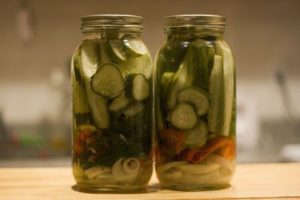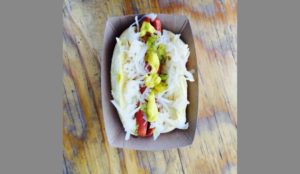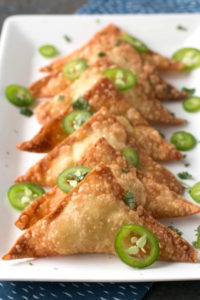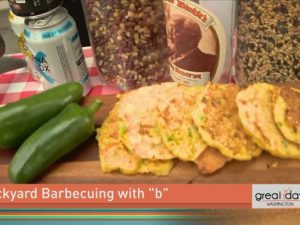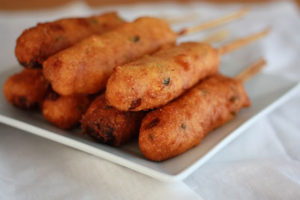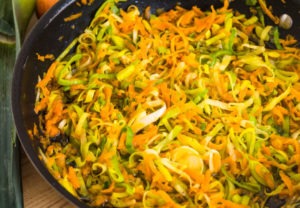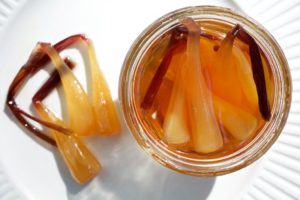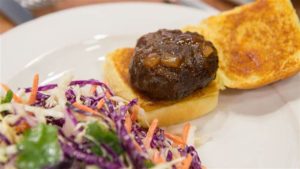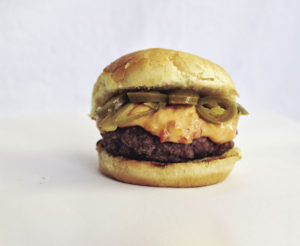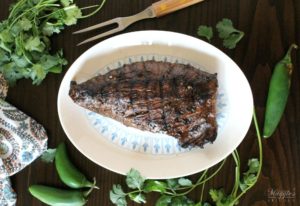FLASH IN THE PAN: Vinegar pickles are crisp, satisfying — and versatile
By ARI LEVAUX for Lee Montana Newspapers
Pickling can happen any time there are ripe veggies for the picking. Now it’s cucumber season, which lasts basically all summer long. Beans are upon us too. Soon come the pickled peppers, large batches in large jars, sometimes with carrots. Then maybe some beets.
Generally speaking, there are two types of pickle: the fermented kind, aka sour pickle, and the pickled-in-vinegar kind, which is more common and goes by many names. Although I love to eat the fermented veggies prepared by others, I remain a novice in that realm.
Vinegar pickles, meanwhile, are a versatile way to go that can accommodate anything you could want to eat pickled, from cauliflower to kohlrabi, not to mention the asparagus that’s already come and gone. I do all of my pickling in basically the same go-to brine recipe. With small adjustments here or there, it works for pretty much anything.
Vinegar, which makes up at least half of any brine, is a powerful preservative. Most brine recipes call for salt and sugar too, both of which also discourage bacterial growth.
For reasons of space, food safety and liability, this is not the place to give a complete set of instructions on how to pickle. My recipe assumes a basic knowledge of canning technique and certain pieces of equipment. For Cliff Notes versions of the canning process, consult the box of lids and rings that come with the jars.
County extension offices are usually great sources of information on food preservation. This publication(https://www.pubs.ext.vt.edu/content/dam/pubs_ext_vt_edu/348/348-594/348-594_pdf.pdf) from Virginia Tech’s county extension office is a fantastic overall primer on canning methods and materials. You can also consult Ball Canning, the company that produces both Ball and Kerr jars. Ball scientists have prepared and safety-tested recipes that are very easy to follow and hard to screw up. They will also try to sell you things like Ball Kosher Dill Pickle Mix, a blend of salt and spices. If you want to use your own salt and dill, such recipes can be annoying.
But as you mature and gain confidence as a canner, you can figure out how to customize a recipe to suit your needs.
My default recipe was developed for pickled peppers, but part of why it is so versatile and awesome is the mustard seeds, which add a dimension of flavor. And when the pickles are gone, they leave behind a brine full of pickled mustard seeds that can be used in many ways, including grinding the seeds into homemade mustard. Or you could just stick some more veggies into the jar, top off the salt and vinegar, and make a round (or two) of fridge pickles.
Ari’s Pickle Principles
Use Kirby-style, aka pickling cucumbers–the kind with the little bump/spikes on them. These can withstand higher temperatures, without getting soggy, than slicing cukes. They should be small, no more than five inches long and an inch or so wide, and fresh. I like to hit the farmers market in the cool of the early morning, load up, and get them into jars ASAP.
Pack the washed cucumbers into sterile quart jars, leaving an inch of head space at the top.
To get a sense of the quantity of brine you need, fill one packed jar with water, and then measure that amount of water by pouring it into a measuring cup. Multiply that amount by the number of packed jars you have.
The brine is half water and half vinegar, with the vinegar part being half cider vinegar and half white wine vinegar, both of which I purchase in gallon jugs. I like the cider vinegar for the flavor, but if you want the visual of a pristine white brine, use only white wine vinegar. Plain white vinegar is kind of nasty but gets the job done.
Heat the brine on medium, adding sugar a little at a time until it doesn’t quite taste sweet but takes the edge off the vinegar–about a tablespoon per quart.
While the brine heats, add a tablespoon of mustard seeds to each jar, and a tablespoon of salt. Since mustard seeds come in both yellow and brown colors, I mix them first before doling them out.
When the brine reaches a boil, pour it into the jars so it covers the veggies and still leaves a half-inch of head space. Wipe the rims clean and screw on the lids.
Process in a water bath for the appropriate time based on the vegetable being pickled. With cucumbers that would be 15 minutes.
Honestly, I usually skip the cooking step, especially for the peppers, as they stay crispier–albeit at the expense of safety. Like any home canner should always do, I inspect each jar carefully. If a seal is broken or the contents don’t seem right I toss it. Soggy pickles definitely get tossed, because that isn’t right.
Living life on a pickle’s edge isn’t for everyone, and for liability reasons I need to stress that if you even consider not cooking your pickles you will immediately contract botulism and your house will burst into flames.
Assuming you fall in line and cook your cukes, they can still come out crispy enough if you use Kirbys that are young and fresh, and add a grape or horseradish leaf, or some other tested form of leaf tannins, to the jar.
And if those aren’t crispy enough, then keep a batch of fridge pickles going. Or maybe it’s time to venture into sour pickles, which aren’t cooked either. The lazy crispy pickle.
Ari LeVaux writes Flash in the Pan, a syndicated weekly food column carried in more than 60 newspapers nationwide. Though his audience is national, he says he “always writes about Montana. Usually.”

